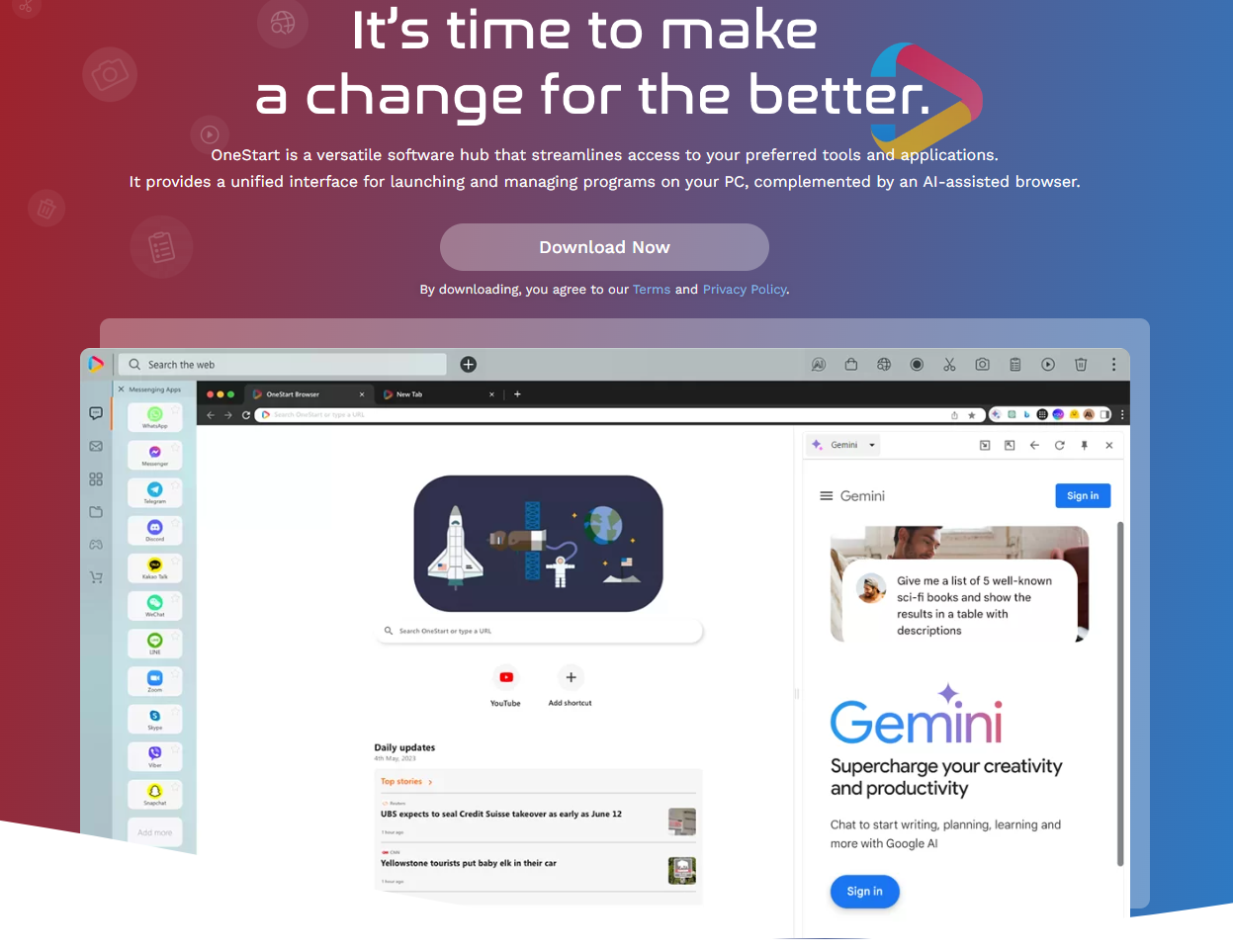OneStart is a browser that’s advertised as an AI (Artificial Intelligence)-assisted browser. It’s based on the Chromium open-source project. However, because it’s bundled with other programs, it’s considered to be a potentially unwanted program (PUP). It’s not a dangerous program, nor will it harm the computer. However, if you find it installed on your computer, you may not even remember installing it because it used a deceptive installation method.
OneStart is a Chromium-based browser that offers various AI features for supposedly more convenient browsing. One of them is a shortcut widget for ChatGPT. While it’s a legitimate browser, it does display some questionable behavior that makes it a PUP. Specifically, its biggest issue is the way it installs. It’s distributed via what’s known as software bundling, an installation method that allows programs to be installed without users’ explicit permission.
We should also mention that searches performed via this browser will first redirect to onestart.ai and then land on search.yahoo.com.
While OneStart unwanted application is not directly dangerous, programs that try to install using deceptive methods have no place on your computer, whether you find the program itself to be useful or not.
Potentially unwanted programs in general have a lot of unwanted features, including unnecessary changes to a browser’s settings, a never-ending stream of ads, tracking, etc. While they are not considered to be particularly dangerous, keeping PUPs installed is not a good idea. If you have an anti-virus program installed, it should detect PUPs as threats and recommend that you delete them.
How does the OneStart unwanted application install on users’ computers?
The reason OneStart is classified as a potentially unwanted application is because it’s bundled together with other popular free programs. This is a method that allows programs to be installed without explicit permission, to essentially sneak past users. This is why you may not remember installing it if you find it on your computer.
The way software bundling works is additional offers are added to popular free programs. It’s usually adware and browser hijackers that get added but the occasional legitimate program also gets added. When something is added to a program as an extra offer, it’s set to install alongside the program automatically, without requiring explicit permission from users. Users usually aren’t even aware of any extra offers because they’re hidden in settings users don’t normally use. While the extra offers are optional, deselecting them is made purposely difficult, which is why software bundling is considered to be a controversial installation method. It’s common for programs that use it to be detected as potential threats by anti-virus programs.
When installing programs, especially free popular ones, it’s important to always deselect all offers to prevent unauthorized installations and stop your computer from being cluttered with junk. To do that, make sure to use Advanced (Custom) settings when given the option during program installation. The installation window will recommend using Default settings because it’s quicker but these settings make all offers hidden and authorize their installations. Advanced settings, on the other hand, make all offers visible and give you the option to deselect all of them. All you need to do is uncheck the boxes of those offers.
We also recommend researching a program before installing it in the future. Free program download sites are full of unwanted programs, disguised as useful ones to trick users into installing them. A simple search with Google or another search engine is often enough to determine whether a program is safe to download/install.
Should you remove OneStart unwanted application from your computer?
If you find it installed on your computer but have no recollection of installing it, you should remove OneStart unwanted application. While the program is not going to harm your computer, it was installed without your explicit permission and such programs do not belong on your device. It’s also detected as a threat by many anti-virus programs. Thus, we strongly recommend you delete OneStart unwanted application. Using an anti-virus program is a good idea because it could be somewhat difficult to get rid of the PUP manually.
Offers
Download Removal Toolto scan for OneStartUse our recommended removal tool to scan for OneStart. Trial version of provides detection of computer threats like OneStart and assists in its removal for FREE. You can delete detected registry entries, files and processes yourself or purchase a full version.
More information about SpyWarrior and Uninstall Instructions. Please review SpyWarrior EULA and Privacy Policy. SpyWarrior scanner is free. If it detects a malware, purchase its full version to remove it.

WiperSoft Review Details WiperSoft (www.wipersoft.com) is a security tool that provides real-time security from potential threats. Nowadays, many users tend to download free software from the Intern ...
Download|more


Is MacKeeper a virus? MacKeeper is not a virus, nor is it a scam. While there are various opinions about the program on the Internet, a lot of the people who so notoriously hate the program have neve ...
Download|more


While the creators of MalwareBytes anti-malware have not been in this business for long time, they make up for it with their enthusiastic approach. Statistic from such websites like CNET shows that th ...
Download|more
Quick Menu
Step 1. Uninstall OneStart and related programs.
Remove OneStart from Windows 8
Right-click in the lower left corner of the screen. Once Quick Access Menu shows up, select Control Panel choose Programs and Features and select to Uninstall a software.
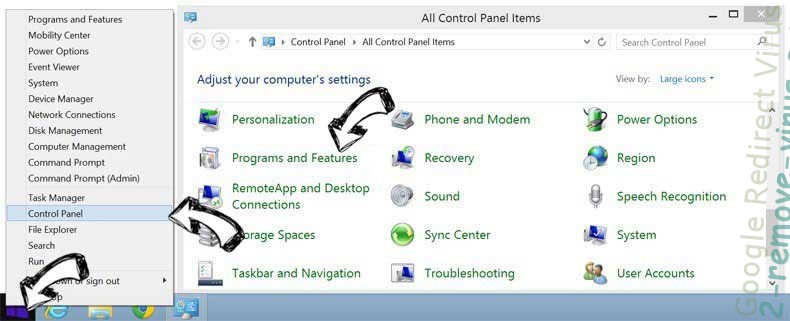

Uninstall OneStart from Windows 7
Click Start → Control Panel → Programs and Features → Uninstall a program.
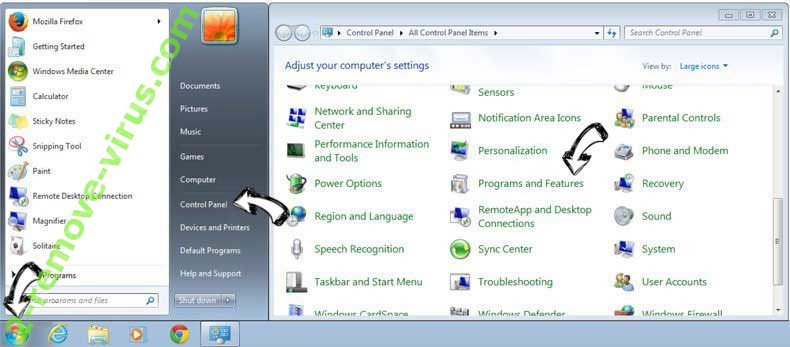

Delete OneStart from Windows XP
Click Start → Settings → Control Panel. Locate and click → Add or Remove Programs.
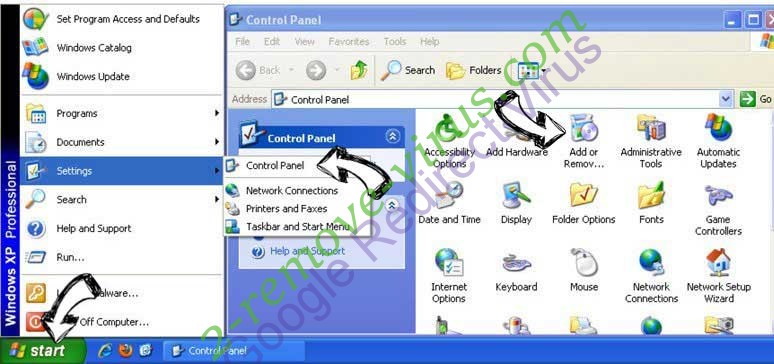

Remove OneStart from Mac OS X
Click Go button at the top left of the screen and select Applications. Select applications folder and look for OneStart or any other suspicious software. Now right click on every of such entries and select Move to Trash, then right click the Trash icon and select Empty Trash.
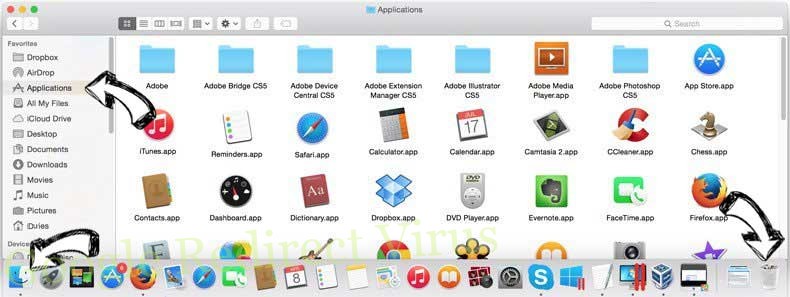

Step 2. Delete OneStart from your browsers
Terminate the unwanted extensions from Internet Explorer
- Tap the Gear icon and go to Manage Add-ons.

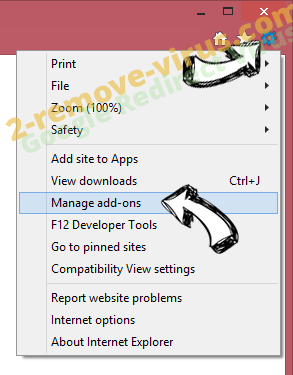
- Pick Toolbars and Extensions and eliminate all suspicious entries (other than Microsoft, Yahoo, Google, Oracle or Adobe)

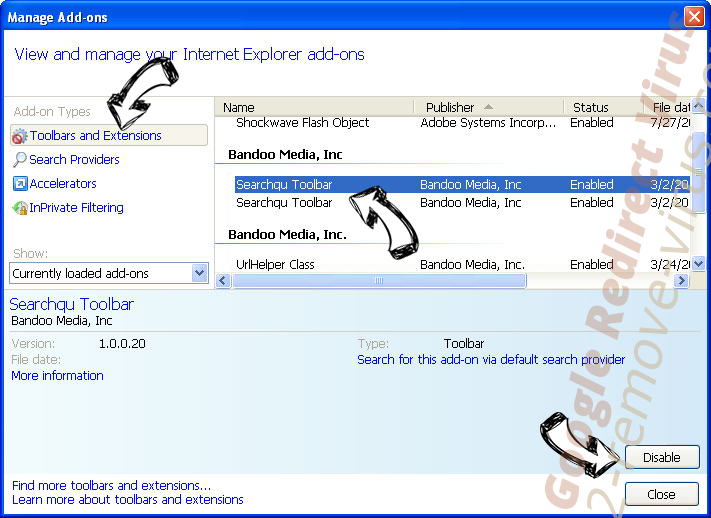
- Leave the window.
Change Internet Explorer homepage if it was changed by virus:
- Tap the gear icon (menu) on the top right corner of your browser and click Internet Options.

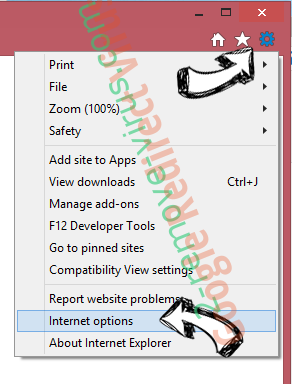
- In General Tab remove malicious URL and enter preferable domain name. Press Apply to save changes.

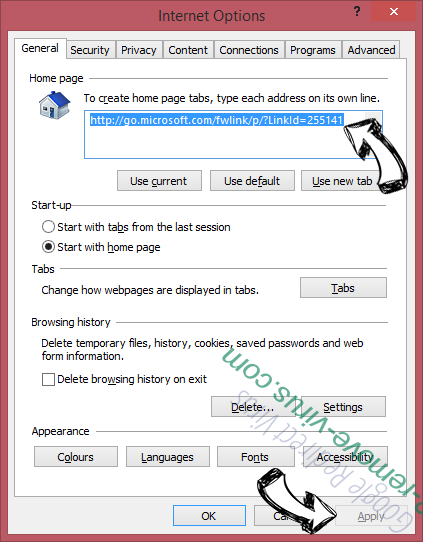
Reset your browser
- Click the Gear icon and move to Internet Options.

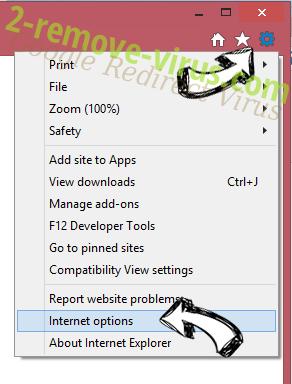
- Open the Advanced tab and press Reset.


- Choose Delete personal settings and pick Reset one more time.

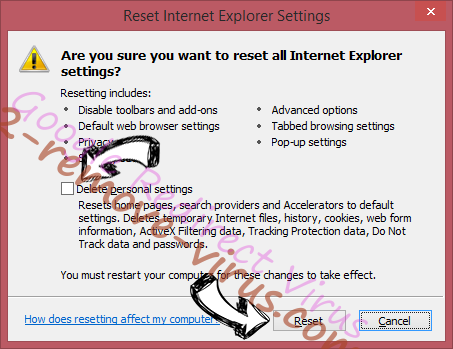
- Tap Close and leave your browser.

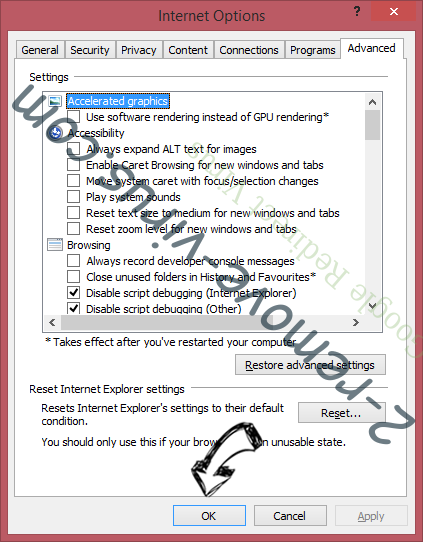
- If you were unable to reset your browsers, employ a reputable anti-malware and scan your entire computer with it.
Erase OneStart from Google Chrome
- Access menu (top right corner of the window) and pick Settings.

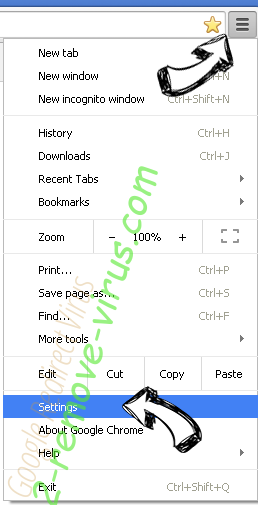
- Choose Extensions.

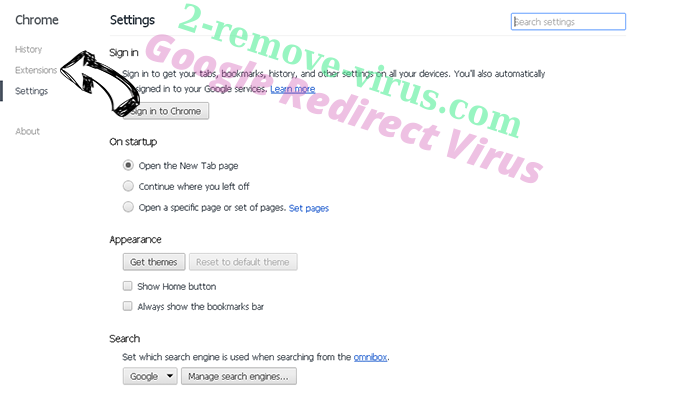
- Eliminate the suspicious extensions from the list by clicking the Trash bin next to them.

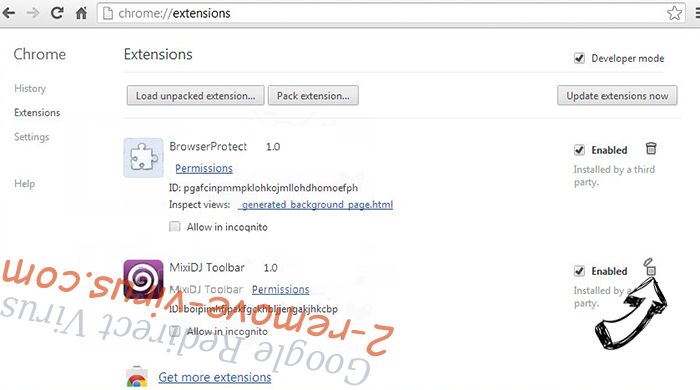
- If you are unsure which extensions to remove, you can disable them temporarily.

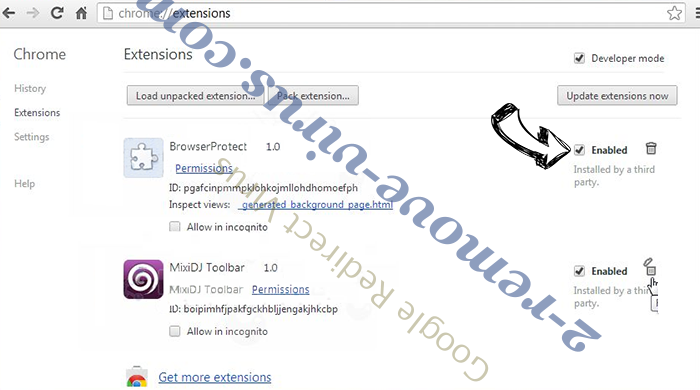
Reset Google Chrome homepage and default search engine if it was hijacker by virus
- Press on menu icon and click Settings.

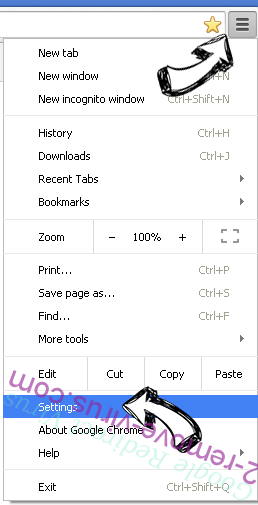
- Look for the “Open a specific page” or “Set Pages” under “On start up” option and click on Set pages.

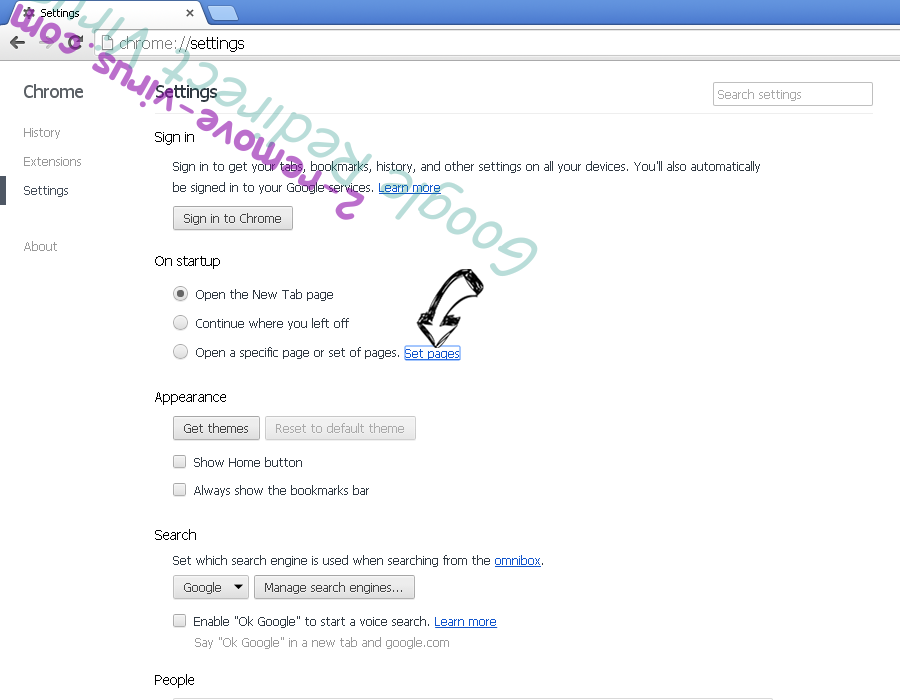
- In another window remove malicious search sites and enter the one that you want to use as your homepage.


- Under the Search section choose Manage Search engines. When in Search Engines..., remove malicious search websites. You should leave only Google or your preferred search name.



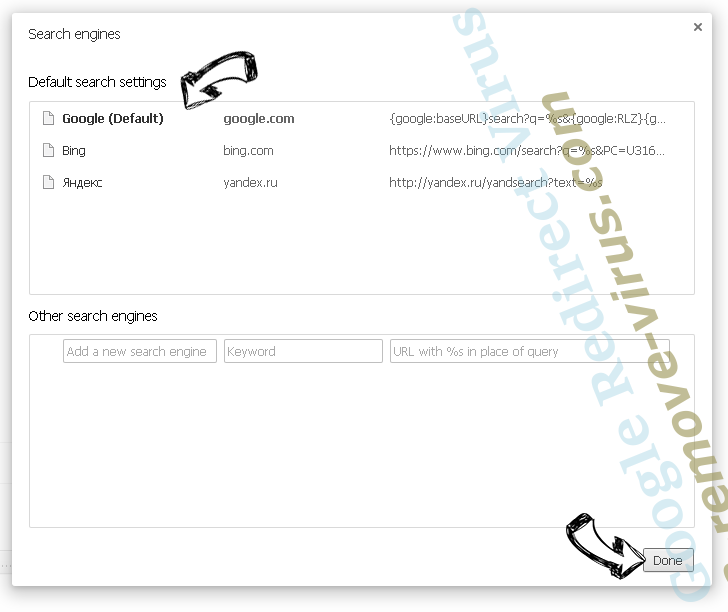
Reset your browser
- If the browser still does not work the way you prefer, you can reset its settings.
- Open menu and navigate to Settings.

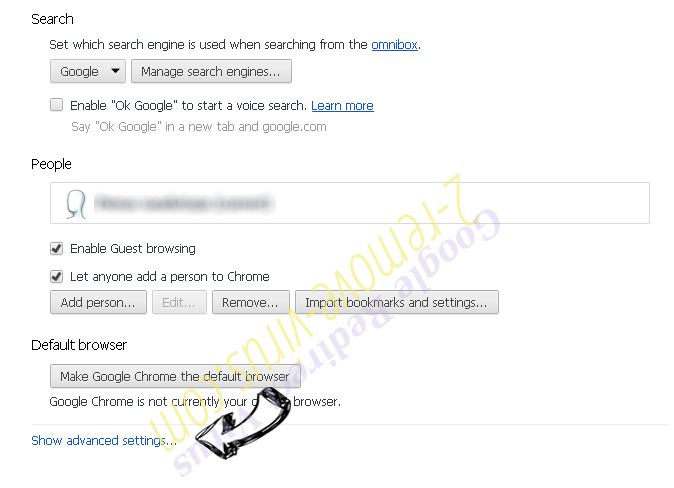
- Press Reset button at the end of the page.

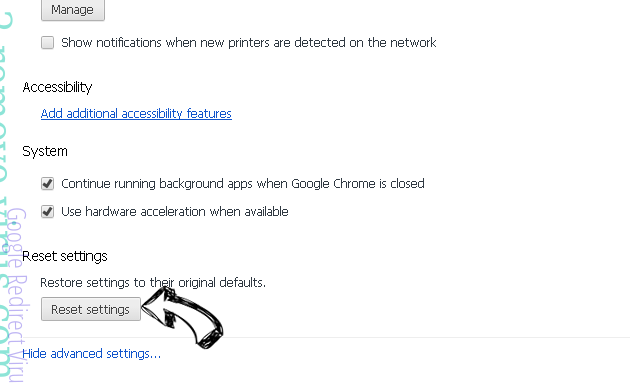
- Tap Reset button one more time in the confirmation box.

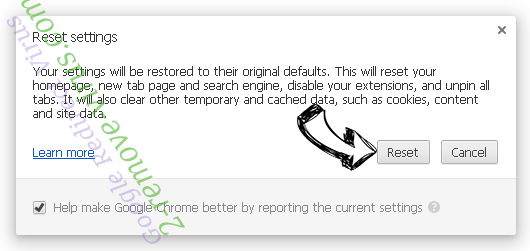
- If you cannot reset the settings, purchase a legitimate anti-malware and scan your PC.
Remove OneStart from Mozilla Firefox
- In the top right corner of the screen, press menu and choose Add-ons (or tap Ctrl+Shift+A simultaneously).

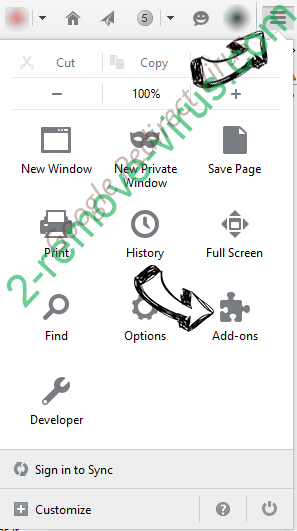
- Move to Extensions and Add-ons list and uninstall all suspicious and unknown entries.

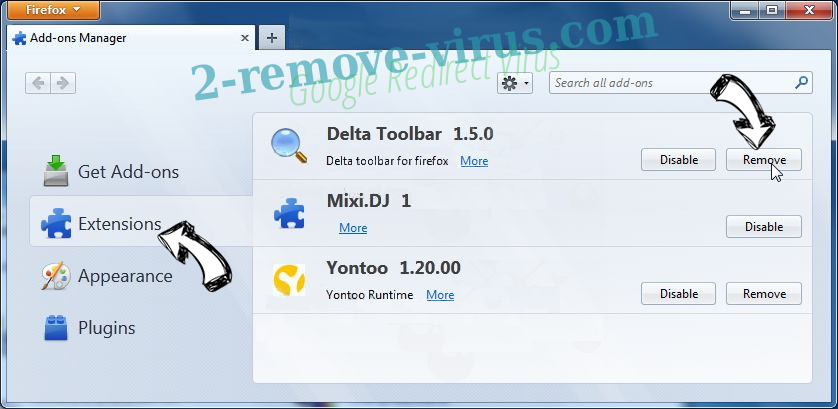
Change Mozilla Firefox homepage if it was changed by virus:
- Tap on the menu (top right corner), choose Options.

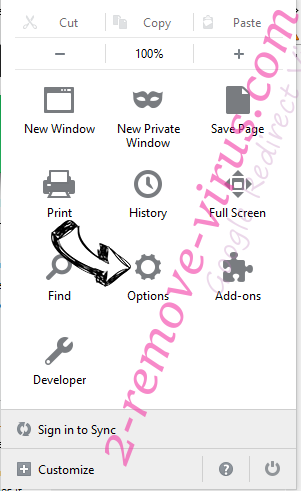
- On General tab delete malicious URL and enter preferable website or click Restore to default.

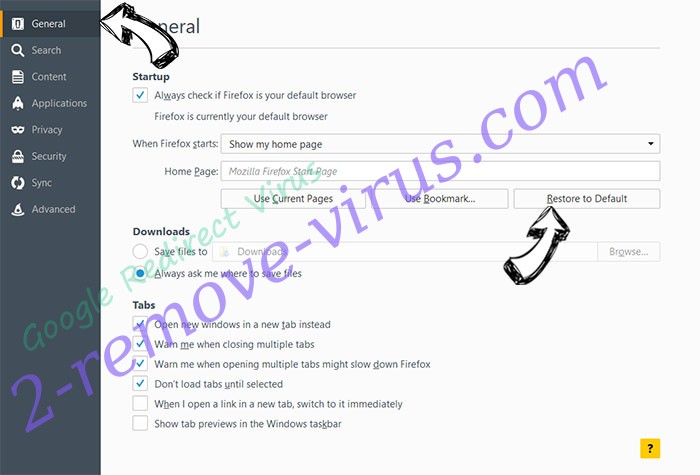
- Press OK to save these changes.
Reset your browser
- Open the menu and tap Help button.

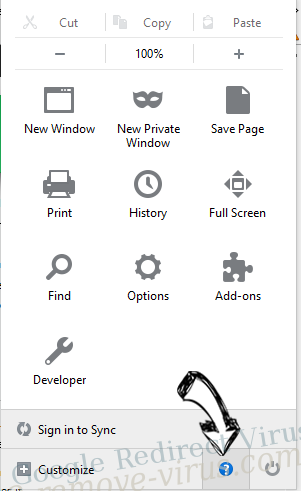
- Select Troubleshooting Information.


- Press Refresh Firefox.

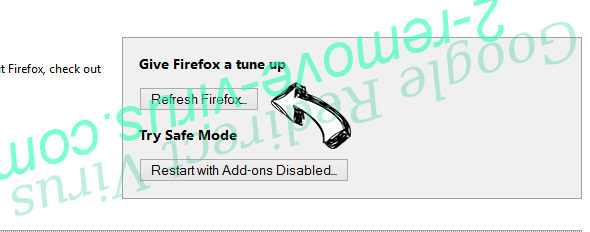
- In the confirmation box, click Refresh Firefox once more.

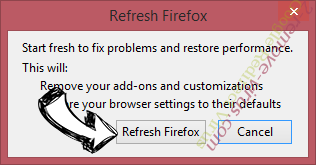
- If you are unable to reset Mozilla Firefox, scan your entire computer with a trustworthy anti-malware.
Uninstall OneStart from Safari (Mac OS X)
- Access the menu.
- Pick Preferences.

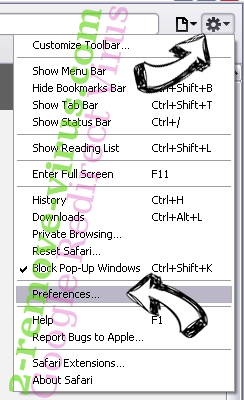
- Go to the Extensions Tab.

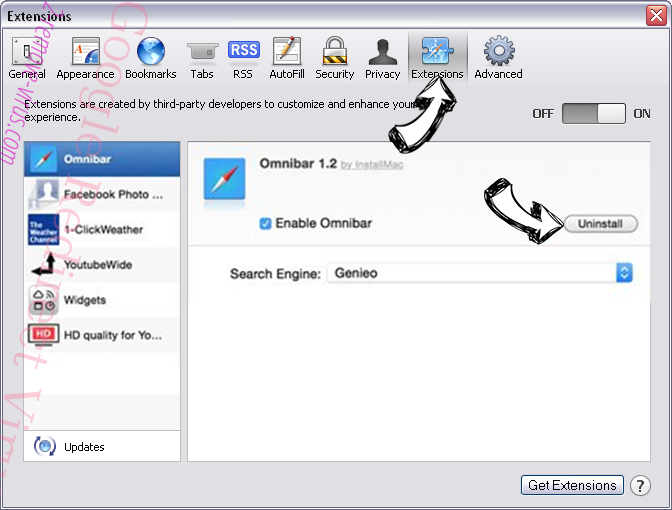
- Tap the Uninstall button next to the undesirable OneStart and get rid of all the other unknown entries as well. If you are unsure whether the extension is reliable or not, simply uncheck the Enable box in order to disable it temporarily.
- Restart Safari.
Reset your browser
- Tap the menu icon and choose Reset Safari.

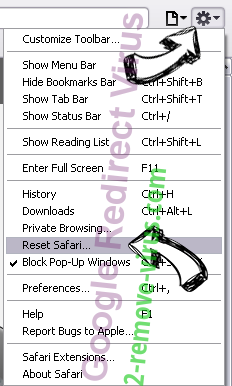
- Pick the options which you want to reset (often all of them are preselected) and press Reset.

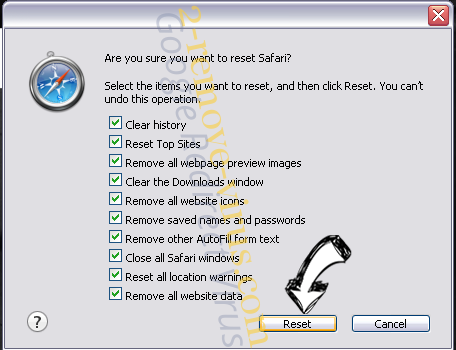
- If you cannot reset the browser, scan your whole PC with an authentic malware removal software.
Site Disclaimer
2-remove-virus.com is not sponsored, owned, affiliated, or linked to malware developers or distributors that are referenced in this article. The article does not promote or endorse any type of malware. We aim at providing useful information that will help computer users to detect and eliminate the unwanted malicious programs from their computers. This can be done manually by following the instructions presented in the article or automatically by implementing the suggested anti-malware tools.
The article is only meant to be used for educational purposes. If you follow the instructions given in the article, you agree to be contracted by the disclaimer. We do not guarantee that the artcile will present you with a solution that removes the malign threats completely. Malware changes constantly, which is why, in some cases, it may be difficult to clean the computer fully by using only the manual removal instructions.
